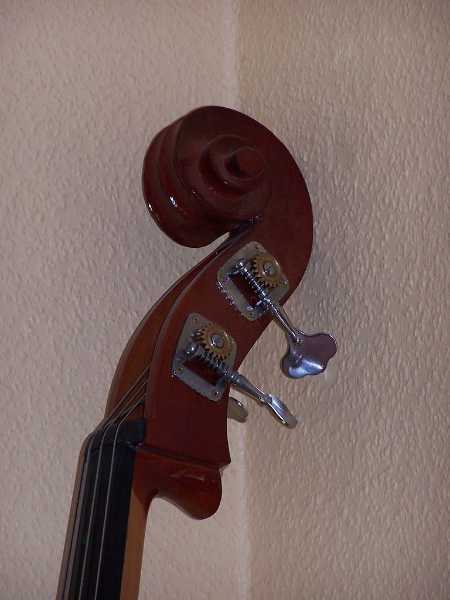

You can listen to examples of each voice on the Oxford University Press website.Instruments of The Orchestra Quiz Use the online quiz on instruments of the orchestra titled the Instruments of The Orchestra Quiz for elementary, middle and high school school students and teachers to test their knowledge of the range of different instruments within an orchestra Soprano - Mezzo Soprano - Alto - Tenor- Baritone - Bass Here is the complete range from highest to lowest:

In between soprano and alto, there is another female voice called mezzo-soprano, and between tenor and bass there is another male voice which is called baritone. Women’s voices can be soprano (the highest voice) or alto, and men’s voices can be tenor or bass (the lowest voice). However, you would not be right if you answered "recorder" (pictured), because it is not used in symphony orchestras. Many brass instruments are used mainly in brass bands, and not so often in symphony orchestras, for example, the cornet or the flugelhorn (pictured).įor Grade 5 Theory, you need only to know about the "standard" instruments, but you will not be penalised if you want to show off your knowledge! If you are asked "What is the highest member of the woodwind family?", you may answer "flute" (standard instrument), or "piccolo" (non-standard instrument). These instruments are often used in symphony orchestras, but they are not "standard" because they are used in addition to (and not instead of) the standard instruments. A variant of the oboe is the cor anglais. Clarinets come in many sizes too - you might have seen a small clarinet called an E flat clarinet, or a very big one which is a bass clarinet. A small flute is called a piccolo, whereas a big flute is called a bass flute.

Some examples include the guitar, the saxophone (pictured), the harp, the piano and the recorder.īrass and woodwind instruments come in a variety of different sizes. There are plenty more instruments around as you probably know! They are not considered to be "standard" orchestral instruments though, because they are not used in a basic "standard" symphony orchestra. Gong, triangle, cymbals, castanets, bass drum, snare drum. Xylophone (made of wood), glockenspiel (made of metal), timpani (or "kettle drums").Ī kettle drum can only be tuned to play one note at a time, so usually you find two or three in an orchestra, each tuned to play different notes (e.g. Unpitched instruments make a "sound" but not a "note". In the percussion family, some instruments are pitched, and others are unpitched. This means they play notes which have a specific pitch, which you can write on a stave. The instruments in the strings, woodwind and brass families are all pitched instruments. A double reed is simply two reeds bound together at one end You may be asked about which are single- or double-reed instruments, so learn this! Unpitched Instruments The clarinet is a single-reed instrument, and the oboe and bassoon are double-reed instruments. In the woodwind family, the clarinet, oboe and bassoon all produce sound using a reed. Click this link to learn more about some of the more common instruments: Information about the ranges of each instrument is here.
#ORCHESTRA INSTRUMENTS QUIZ FREE#
Visit their site for thousands more free sounds!) (All audio was recorded by the Philharmonia Orchestra.

You can see which clef the instruments normally use, and if they are transposing.Ĭlick on the Audio icon to hear what the instrument sounds like. In each family the instruments are listed in order from the smallest (=highest) to the biggest (=lowest). Here’s a table to summarise the standard orchestral instruments.


 0 kommentar(er)
0 kommentar(er)
